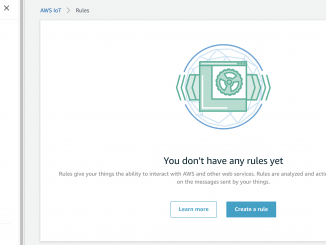
Amazon Lookout for Equipment를 사용한 음향 이상 탐지
Amazon Lookout for Equipment를 사용한 음향 이상 탐지 현대 공장이 더욱 연계적으로 운영됨에 따라 제조업체는 운영 효율성을 높이기 위해 점점 더 다양한 입력(예: 프로세스 데이터, 오디오 및 시각적 개체)을 사용하고 있습니다. 기업에서는 이 정보를 사용하여 장비 성능을 모니터링하고 기계 학습(ML)과 인공 지능(AI)을 기반으로 하는 예측 유지 관리 기술을 사용하여 장애를 예측합니다. 장비에 내장된 전통적인 센서는 유용한 정보를 제공할 수 있지만, 오디오 및 육안 검사로도 자산의 상태를 파악할 수 있습니다. 하지만 이러한 데이터를 활용하고 실행 가능한 인사이트를 확보하려면 매우 수동적이고 많은 리소스가 소모될 수 있습니다. Koch Ag & Energy Solutions, LLC (KAES)는 Amazon ML Solutions Lab과 협력하여 대체 음향 이상 탐지 솔루션에 대해 자세히 알아보고 기존 솔루션을 다양한 시각으로 바라볼 수 있게 되었습니다. ML Solutions Lab 팀은 심층적인 음향 데이터 탐색을 위해 현장의 KAES 장비에서 수집한 기존 데이터를 활용했습니다. KAES의 수석 데이터 사이언티스트와 협력하며 ML Solutions Lab 팀은 Detection and Classification of [ more… ]


